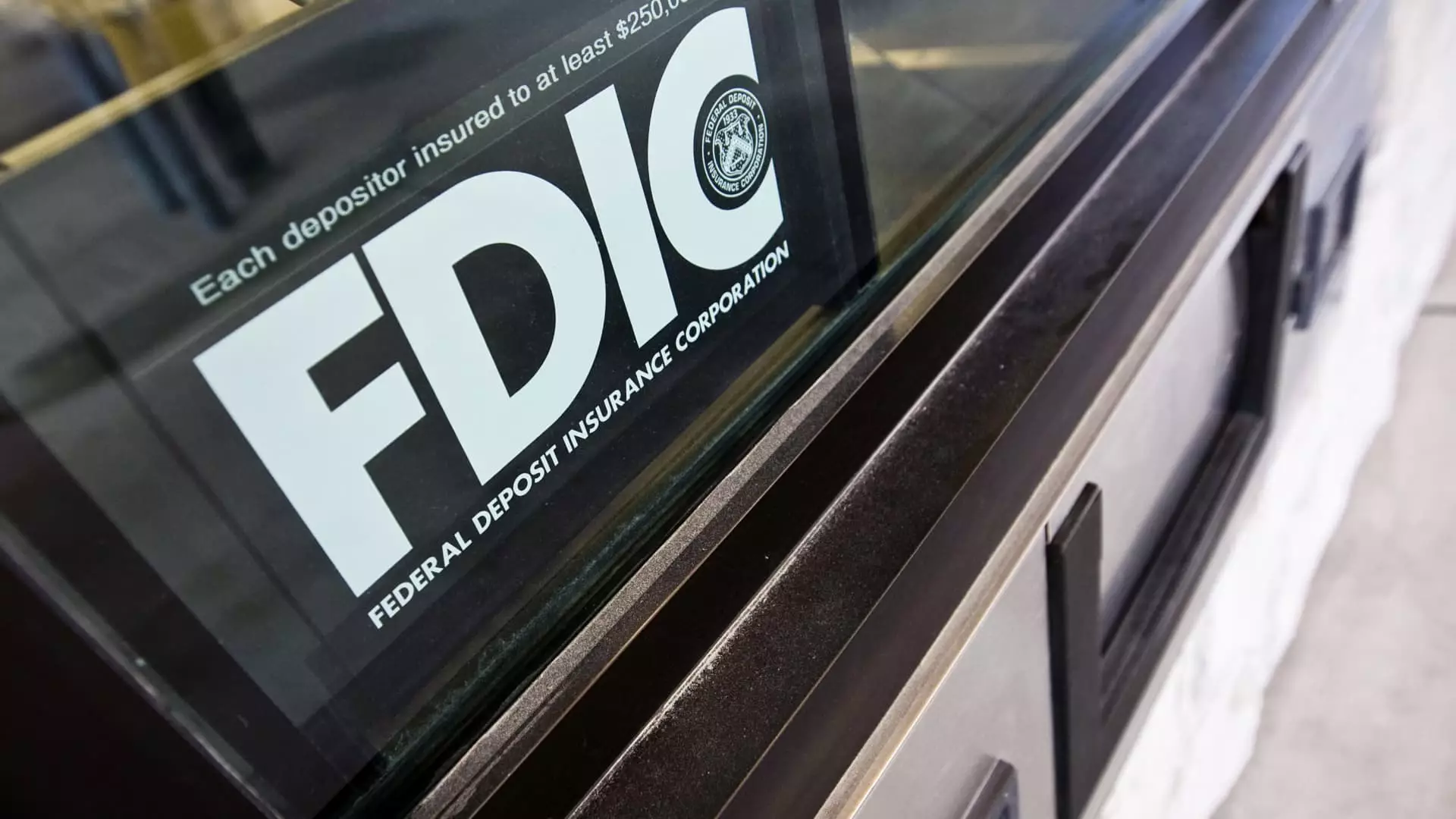The transition of presidential power is often a time of considerable uncertainty, and the upcoming administration of President-elect Donald Trump is no exception. As he prepares to take office for a second nonconsecutive term, there are indications that he plans to implement significant changes that could directly affect the structure and operations of various federal agencies. This article explores the anticipated reforms, focusing particularly on key financial regulatory bodies like the Federal Deposit Insurance Corporation (FDIC) and the Consumer Financial Protection Bureau (CFPB).
In his recent movements, President-elect Trump has signaled a commitment to reducing federal expenditures and streamlining government functions. A critical part of this agenda is the establishment of the Department of Government Efficiency (DOGE), co-chaired by prominent figures such as Elon Musk and Vivek Ramaswamy. This advisory board aims to identify and dismantle overlapping or redundant federal entities. Reports suggest that one of their primary targets may be the FDIC, an independent agency historically responsible for safeguarding deposits in American banks.
For many citizens, the implications of changes to the FDIC can easily be overlooked; people tend to underestimate the essential role this agency plays in maintaining financial stability. Established during the Great Depression, the FDIC ensures that each depositor in banks is protected for amounts up to $250,000, providing a critical safety net that has not faltered throughout its nearly century-long existence. Nonetheless, certain economists and advisors have entertained the idea of shifting deposit insurance responsibilities to the Treasury Department, citing potential benefits of reducing governmental overlap.
Criticism and Concerns regarding the FDIC’s Future
Critics of the proposed changes are vocal about the potential ramifications for the U.S. economy and individual consumers. William Isaac, a former FDIC chairman, argues vehemently against abolishing the agency. According to him, the FDIC has been a stalwart of financial security, promoting stability that has become a hallmark of the American banking system. Economic experts like Brett House from Columbia Business School share similar concerns, suggesting that dismantling such an institution could jeopardize consumer lending, particularly affecting smaller financial institutions that rely heavily on deposit insurance to perform lending activities.
The narrow focus on revenue and cost-cutting by the incoming administration raises alarm among various stakeholders. House posits that while larger banks might survive without federal protections, regional and community banks could suffer greatly, undermining an essential pillar of the consumer financing structure in America. The ability of these banks to provide loans to individuals and small businesses hinges on the assurance that their deposits are safeguarded.
While the FDIC has deep historical roots, the status of the CFPB—established post-2008 financial crisis—remains more contentious. Critics contend that the agency’s relatively recent creation means it lacks the tested legacy and necessity that the FDIC embodies. However, proponents stress the importance of the CFPB in curbing malpractices in financial services, particularly as consumer protection needs have evolved. The CFPB is tasked with monitoring and regulating financial markets, particularly focusing on protecting vulnerable consumers from predatory practices.
Interestingly, some sources have indicated that discussions surrounding the future of the CFPB may be similarly contentious, especially now that the agency operates independently, drawing its funds from the Federal Reserve rather than Congress. This independence is praised for potentially insulating the CFPB from political turbulence, yet opponents argue that it has led to an advance of ideologically-driven initiatives, necessitating a reevaluation and possible reforms under the new administration.
As these discussions unfold, the balance between administrative efficiency and consumer protection remains a pivotal point of contention. The incoming administration will need to navigate these complex dynamics, managing the expectations of its backers excited about reducing government size while addressing concerns raised by consumers and experts alike.
Furthermore, with Congress holding the power to allocate federal funds and oversee agency modifications, any proposal to eliminate the FDIC or the CFPB will not only require careful consideration but also legislative approval. This means that the path forward will need to involve discussions that include a variety of stakeholders ranging from industry experts to average consumers.
While a streamlined federal government may seem appealing in terms of reduced spending and increased efficiency, the potential implications of such actions—including the dissolution of pivotal regulatory agencies—could have lasting repercussions on the financial landscape and consumer trust in the American banking system. The dialogue on these proposed changes must not only focus on the fiscal aspects but also take into account the broader impacts on societal welfare and economic stability.

